I'm trying to work out how much current my solar circuit could sustain under normal conditions.
I have an monocrystalline solar panel claiming 5W @ 12V (17.8V Vmp, 5Wp) based on their data sheet.
The data gathered by CEDA from MIDAS near to where I am suggests that the average (incl. night) for the whole year was 470KJ/m2 per hour or ~130.55W/m2 given \$P_{(W)} = \frac{1000\times470_{KJ}}{3600_{s}}\$
The data provided by MIDAS gives "solar irradiation amount" measured in "KJ/m2" in hourly increments for a given recording station.
Based on this information and the power curve in the data sheet, I would expect on average I would be able to draw around 150-200mA @ 12V.
The Buck/Boost module I use contains an LM2596 which advertises ~80% efficiency when the input is 12V with a 5V 3A load.
Does this mean I could expect ~80% of the current from the solar panel to be available at the output side of the Buck?
To this end, do I potentially have at least 120mA @ 5V given input of 150mA @ 12v available on average?

